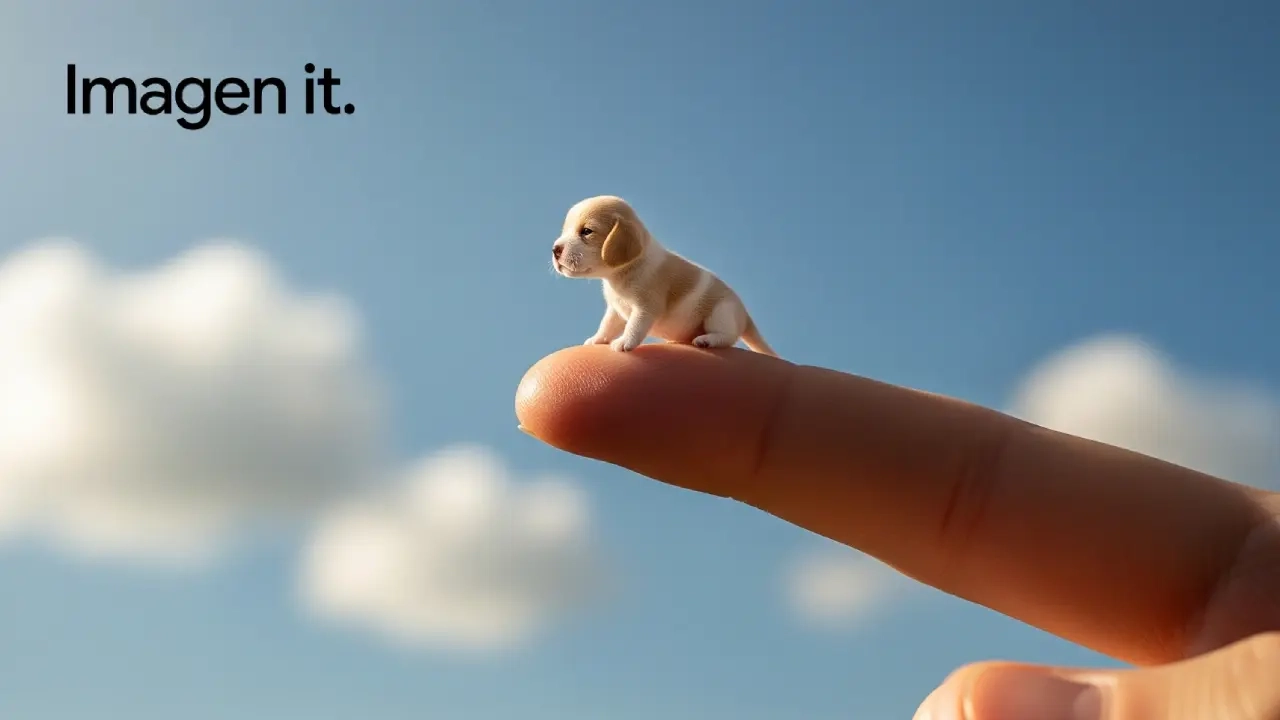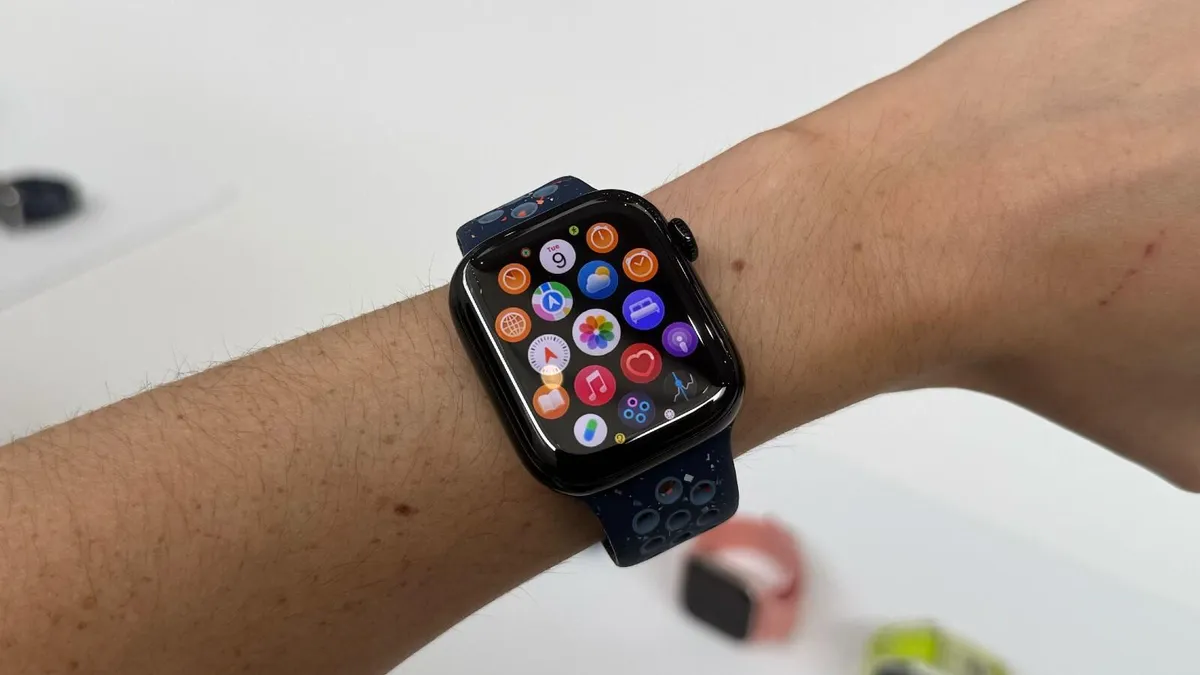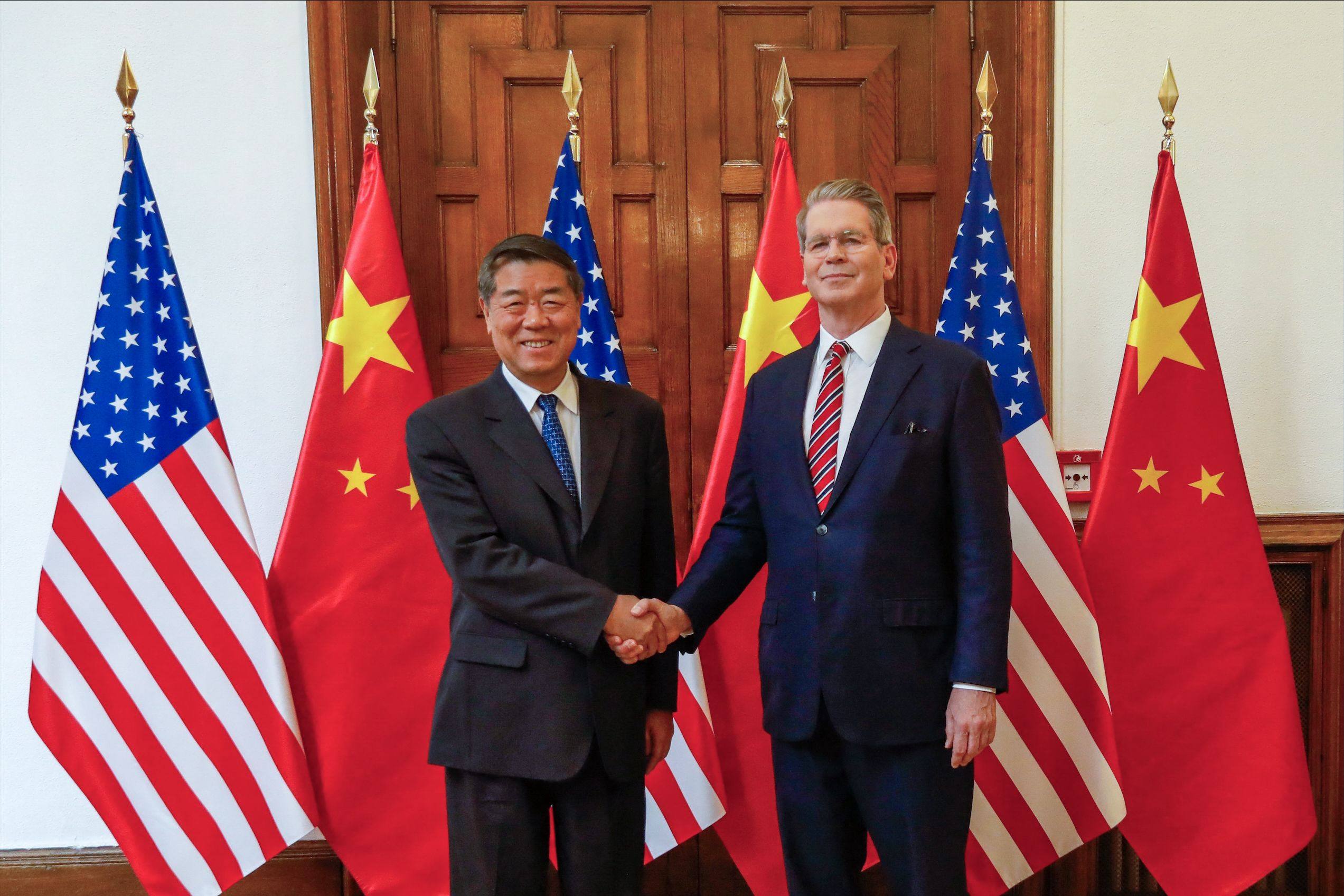By Vinayak Milan Pradhan
Copyright techgenyz

Nano Banana is an exemplary illustration of how AI can dissolve the boundaries between play, art, and technology.Google’s Gemini has taken hold of a cultural moment and instigated creativity in the millions of users following the trend.Its popularity stems from it being naturally easy to use and the visual surprise, as well as the socially shared experience that has grown around it.
Trends regarding technology seem to arise from the unlikeliest of places in the digital world. Some of these trends are born through the launch of a product, while others are out of a viral meme. One such viral trend to take the internet by storm in 2025 was the Nano Banana trend.
Fundamentally, Nano Banana is neither a fruit nor a meme-like joke but rather a frivolous nickname for Google’s Gemini 2.5 Flash Image product, which lets users turn photographs into 3D, collectible-themed figurines. The outcome resembles items people typically display on their shelves, such as action figures or toys, complete with acrylic bases and mock-up packaging. What began as a niche experiment has become one of the biggest viral AI fads of 2025.
What Exactly is Nano Banana?
Coming straight out of Google’s ever-growing AI universe, Nano Banana is part of the Gemini app and Google AI Studio. Though the official name is listed as Gemini’s “Nano” model variant, users soon started calling it “Nano Banana” as a whimsical term that took off pretty much instantly. The feature lets anyone upload a plain photograph or even input a text prompt and instantly get a highly stylized, AI figurine-like image.
The strength of this tool actually lies in its capacity to render these creations as plausible, physical constructs like real collectibles on a desk. These characters tend to be imagined as mounted on acrylic bases or sitting in packaging boxes with an impeccable amount of detail. This combination of photorealism and toy collectible aesthetic is what sets the trend apart from previous surges of AI filters or artistic treatments.
Why Nano Banana Went Viral
The viral success of this trend can be attributed to many things, but the key reason for all may be its accessibility. Professional 3D modeling software takes years of training to master, but with the use of this application, anyone can whip up a 3D figurine-like image with the equivalent of a selfie and a few lines of instructions.
Another major aspect working for this trend is novelty. For many users, it is a fun idea to catch a glimpse of themselves, their pets, or even their favorite celebrities resized into miniature action models. Such images are self-made for sharing, saturating social media sites like Instagram, TikTok, and X (formerly Twitter). Celebrities and influencers soon followed suit, joining the Nano Banana bandwagon, only making the trend even more viral. Even politicians in certain nations have caught on to the trend, sharing their own creations to engage with viewers in a more playful way.
Just as significant is the artistic nature of the prompts. Fans are playing with longer and longer descriptions to alter the appearance of their creations, from the size of the figurine to the type of packaging. This experimentation has given rise to a buzzing new community where all come together to share their ideas and cooperate to take creativity to a whole new level.
How to Make Your Own Nano Banana Figurine
Making a Nano Banana figurine is relatively very easy, which is mainly the reason why it has spread so rapidly. Users can start by opening either the Gemini App or Google AI Studio, where the image generation platform can be accessed. There, they can upload a high-quality photo of themselves, something they’d like to make the figurine of, or an external prompt.
Most users have found that achieving better results is guaranteed when using both a clear picture and a descriptive prompt. Many users search for ready-to-use Gemini AI photo prompt copy-paste templates. For example: ‘a realistic one-seventh scale figurine in a saree, posed in toy-style packaging.’ This crossover with the Gemini AI Saree App trend has only made Nano Banana more viral.
The secret to achieving a good result of the Nano Banana AI trend is writing a complete prompt. For instance, one of the most trusted prompts writes something like this: “a realistic one-seventh scale figurine, sitting on a desk, mounted on a transparent acrylic base, with a toy-style box packaging shown in the background.”
The more detailed the language used, the more polished the result the AI can provide. After being created, the user has the freedom to adjust the picture, either by optimizing the input photo or adjusting the wording of the prompt. In mere seconds, users can produce images that resemble professional mock-ups of actual toys.
The Broader Implications and Concerns
Just like most AI fads, the AI Banana phenomenon has its own series of complications. The images appear amusing, yet they raise concerns regarding consent and online likeness. With users making these figurines of their favorite celebrities without permission, it is simple to raise questions regarding ethical issues. Adding insult to injury, there is always the probability of misuse, with models being created and employed in fraudulent scenarios or even used for purposes like misrepresenting actual products.
Google has implemented measures to contain some of these risks, mainly by adding visible and invisible watermarks to the images. They also utilize their SynthID system to help track AI-generated material. However, the process of making it responsible will be demanding, mainly as the tool spreads around the globe.
Another limitation is present in the technology itself, specifically in the faces of the miniatures. While the technology appears to be amazing, the AI will sometimes struggle with facial expressions, hands, or tiny accessories, resulting in outcomes that look distorted or unsettling. Users in the free tier will also be limited on how many images they can produce per day or how quickly requests are made.
Impact and Adoption
Aside from the enjoyment of transforming oneself into a figurine, the Nano Banana is a perfect showcase of the speed at which AI-empowered creative software can influence culture. The Gemini app alone added millions of new users in a matter of weeks. For Google, the fad has become both a marketing success and an ongoing test of how users interact with AI.
On the internet, users can employ the figurines as avatars, in art projects, or join in on the fun of a larger online conversation. In a few instances, the pictures are even being reworked for marketing campaigns, which might indicate that uses could go far beyond memes and into more official realms. For now, the little figurines that populate the various social media feeds are a reminder that technology can be about fun and imagination, as it is about productivity and efficiency.



